The aesthetics of the Japanese tea ceremony//Die Ästhetik der japanischen Teezeremonie
Duration: until the end of September 2017
As early as the 4th century, Chinese Taoists were already using the leaves of the tea plant for the ceremonial preparation of beverages in their search for immortality. In the year 801, a Japanese monk brought tea seeds from China, which were then sown south of Kyoto. From the year 1191, Eisai the monk, who passed on the refined tea-making traditions of the Sung farm, was responsible for spreading throughout Japan the idea of refining the tea-making process by pulverizing the tea leaves. Initially, tea-drinking on farms and by the samurai was for the purposes of entertainment. In monasteries, thanks to its energizing effect, green tea was used to stimulate the circulation during sustained meditation.
While in more elevated social circles tea was initially served in tea rooms, over time its preparation and serving became increasingly ritualized and moved to smaller spaces. This later gave rise to the detached teahouse, which usually formed part of the garden.
The further development of the tea ceremony culminated in the 16th century when it was taken over by the tea master Sen no Rikyū (1521 -1591) in the so-called Way of Tea (chadō). The main objective of this Way is to carry out the ceremony in a quiet atmosphere as a type of contemplative art, surrounded by a reduction of elegant simplicity. Embedded in this idea is the goal of transforming life into a work of art through the philosophy of pared-down aesthetics. For Sen, no Rikyū, the Way of Tea is based on the four basic principles of:
„wa”- harmony
Harmony is not only reflected in the design of the teahouse and tea garden, but also in the coordination of the tea-making implements, the attunement to the seasons, and last but not least the relationship between guest and host.
„kei” – reverence, respect
Respect and consideration determine both the behavior of the participants in a tea ceremony towards each other and their interaction with the tea-making implements and the environment.
„sei”- purity
Both the actual physical cleanliness and order of the teahouse and tea garden, as well as the symbolic cleansing of the guests and host, are intended to strengthen mindfulness and clean the participants’ hearts of the “dust of everyday life”.
„jaku“ – silence
The outer silence of the teahouse goes hand-in-hand with the participants’ inner contemplation. In this atmosphere, the worries of everyday life fall away, and a mood of peace and serenity unfolds.
If these fundamental principles are applied to the Taoist Buddhist doctrine, “wa” stands for the connectedness of mankind and all living things in Buddhism, “kei” stands for the self-control to respect all beings, “sei” represents the inner purity required to dive from the transient world into the world of tea, and “jaku” the solitary detachment, the immersion into nothingness as the dissolution of space and time.
Zen Buddhism provides tea masters with a framework within which they can unfold the Way of Tea and the associated aesthetics of imperfection and simplicity. By “entering” a tea room according to Sen no Rikyū’s requirements, each guest must move through the small opening which provides the only access. Regardless of social standing, everyone must subordinate themselves to the tea room. „Everyone who enters must bend their head as if looking at their feet and push the door aside. Just as all must leave their mother’s body, at the moment of entering the tea room, all must return to their true nature, like a new-born baby.” (Rikyū)
Despite the austerity and formality, the tea master gives the guests enough space to amuse themselves, and devote themselves to the details of the teahouse in silence and meditation. The charcoal ceremony precedes the actual tea ceremony. Water in a castiron kettle is heated over a hearth. Pieces of metal placed in the kettle add an acoustic element to the process. At the same time, incense is burned. The incense is taken from lacquer boxes and placed in special metal or ceramic incense containers. At the beginning of the actual tea ceremony, the tea bowl and the caddy containing the powdered tea are removed from their respective wooden box and cloth bag. The tea bowl is rinsed with hot water and dried with a cloth. Guests are served sweets to enhance the flavor of the powdered tea.
With a small tea scoop, usually made of bamboo, the tea master takes some tea powder from the ceramic caddy and places it into the tea bowl. Water is taken from the kettle using a bamboo ladle and poured over the tea powder. A small bamboo whisk is used to whisk the tea until the foam is formed in the middle of the bowl.
The tea is now served to the guests. The bowl is always turned before being given to a guest. There are many variations of the ritual for turning the tea bowl. In the Urasenke school of tea-making, as a form of homage, the host offers the bowl to the guest with the most beautiful side of the bowl facing the guest. The guest then turns the bowl a little so as not to touch the most beautiful side of the bowl with their mouth. This shows the guests’ deference to their host and their respect for the tea bowl. Finally, the bowl is cleaned and filled with a thinner tea, which in turn is served to the guests. The host or tea master does not drink tea, merely prepares it. After drinking their tea, guests talk amongst themselves in a relaxed mood before leaving the room.
//Dauer: bis Ende September 2017
Ein Stück japanischer Seele …
2005, Kyoto, Altstadt. Ich bin unterwegs mit meinem japanischen Freund Fukumaru-san, der mich zu Händlern und Sammlern führt. Ich wage den Versuch, mich in die Ästhetik, die Fertigung und die Faszination der japanischen Teekeramik zu vertiefen. In den Galerien ist man zuerst skeptisch, wir haben uns ja auch nur die hochrangigsten ausgesucht. Im Vorraum ziehe ich jeweils meinen Ehering ab, um die Teeschalen durch das Metall nicht zu beschädigen. Diese kleine Geste der Vorsicht und Ehrerbietung öffnet so manche Schiebetür, hinter welcher bei einer Tasse Grünem Tee diejenigen Objekte präsentiert werden, die wohl zur Oberklasse gezählt werden dürfen.
Meine Augen sehen, meine Augen prüfen. Ich verlasse den Sehsinn und übergebe mit geschlossenen Augen an den Tastsinn. Die Hände umschlingen, die Finger spüren. Aber was? Mein japanischer Lackmeister hat mich vor vielen Jahren und mit viel Geduld gelehrt, wie man eine hauchdünne Lackoberfläche mit Holzkohle und Wasser perfekt schleift, indem man ab und zu die Augen schließt und fühlt und hört. Und es funktioniert!
Die Augen sehen eine Teeschale und wenn man Glück hat, nimmt man eine schöne Form wahr, eine Glasur, Material, Lichtreflexe. Die Signatur am Boden ist erst einmal zweitrangig, sie kann einen Eindruck nur unterstreichen, sollte ihn aber nie bestimmen. Die Hände sind es, die den „Betrachter“ dazu bringen, tiefer und intensiver in die emotionale Bewertung eines solchen Kunstgegenstandes vorzudringen. Ist es überhaupt ein Kunstgegenstand? Ist es nicht nur ein Behältnis, aus dem man früher – und vielleicht heute noch – guten Grünen Tee trinkt? Nein, es ist mehr als ein Behältnis. Es ist ein Stück Kultur, es ist erdig, es ist von Hand geformt, aus Erde, Feuer, Wasser und Luft entstanden. Man hält zahlreiche Teeschalen in den Händen, man fühlt, man spürt, man entscheidet für sich ganz alleine, „welche einem liegt“, mit welcher man sich am meisten verbunden fühlt.
Zum Abschluss des Tages sind wir mit einem Sammler verabredet. Wir treffen uns in einem kleinen Restaurant, reden, nähern uns an. Schließlich wird mir von ihm eine Frage gestellt, welche mich auch bei anderen japanischen Themen bis heute immer wieder einmal verfolgt: „Interessieren Sie sich für ein schönes Objekt, für ein Regal, oder interessieren Sie sich für ein Stück japanischer Seele?“
Tja, kann man als „Lang-Nase“ diese Frage überhaupt beantworten? Hat man dazu das Recht? Oder wird da etwas hochstilisiert, um es bedeutender zu machen, als es vielleicht ist?
Die Kultur Japans ist ein Buch mit sieben Siegeln, das europäische Verständnis dafür meist oberflächlich. Vieles unterliegt einer Modeerscheinung, war oder ist im Trend, weil sich viele damit auseinandersetzen – oder zumindest so tun. Es gibt heute Sushi im Kühlregal des Supermarktes, fast überall auf dem Globus. Viele gegossene Stein-Buddhas verzieren neben dem Gartenzwerg die kleinen spießbürgerlichen Vorgärten, Grüner Tee wird mit Zucker und in den unterschiedlichsten Geschmacksvariationen getrunken. Zen ist cool, man befasst sich mit etwas „Fremdem“, genauso wie man mit Meditationsmusik im Kopfhörer durch den Wald joggt, ohne überhaupt an die dortigen natürlichen Geräusche zu denken…
Nein, die japanische Seele auch nur entfernt kennenzulernen oder gar zu verstehen, ist extrem schwierig, spannend, schön und langwierig. Es kann nicht dadurch funktionieren, dass man sich eine noch so teure Teeschale ins Regal stellt. Die japanische Seele muss bereit sein sich einem zu öffnen, es gibt keinen Schlüssel dafür.
Was lernen wir aus einer Teeschale? Die Form, die Farbe, das Gefühl in der Hand? Wenn wir Glück haben – ja. Es geht aber um das Ganze, das Umfeld, die Tradition, die Kultur. Wie viele Elemente sind es, die uns zu einem besseren Verständnis einer Teeschale führen? Ist es das wohl temperierte Wasser, das grasig riechende Teepulver, der schlanke Teelöffel aus Bambus? Oder ist es der Wasserkessel, das Holzkohlebecken, die Textilie, in welcher das chaire aufbewahrt wird? Oder die dünne Goldbeschichtung auf der Unterseite des Deckels aus Elfenbein, mit welchem das chaire geschlossen wird, damit das Aroma des Teepulvers bewahrt wird? Oder sind es die im Teeraum den Jahreszeiten entsprechend präsentierten Rollbilder, die Ikebana-Reduktionen, das unbehandelte Holz des Raumes mit dem asymmetrischen Fenster?
Ein traditioneller Teeraum wird häufig in stark gebückter Haltung betreten – oder besser noch: bekrochen, ein Zeichen der Demut, der Entschleunigung, des Respekts. Wahrscheinlich ist es nur dieser Respekt, mit welchem man sich einer Thematik wie der der traditionellen Teezeremonie nähern sollte. Respekt, der den Betrachter zuerst einmal auf Distanz hält; eine Distanz, die vor allem heutzutage erforderlich ist, um sich ruhig und ohne den täglichen Stressfaktor mit etwas auseinanderzusetzen. Und schon ziemlich früh wird man feststellen, dass sich einem die Formen, Funktionen und schlichten Elemente des Gesamtkosmos‘ Teezeremonie von ganz alleine öffnen. Man versteht die Eleganz eines scheinbar einfachen Teelöffels, die Schönheit des Knotens an einem Textilbeutel, die Schlichtheit eines Holzbehälters, die Kraft einer Teeschale. Wie tief man einsteigt ist jedem selbst überlassen, ist der japanischen Seele überlassen und ihrer Bereitwilligkeit, sich jemandem zu öffnen.
Die Ausstellung „Schönheit der Stille – die Ästhetik der japanischen Teezeremonie“ im Museum für Asiatische Kultur in Hollenstedt präsentiert ausgewählte Objekte aus vielen Jahrhunderten, aus vielen Materialien, mit vielen Verwendungszwecken. Von der kulturell extrem bedeutenden Teeschale bis zum Teebesen aus dem (japanischen) Supermarkt, vom Rollbild bis zum Lackobjekt. Die Ausstellung lädt den Betrachter ein, sich selbst ein Bild davon zu machen, warum die traditionelle japanische Teezeremonie wirklich ein Stück der japanischen Seele darstellt und warum es gerade in den heutigen, von Hektik und negativen Schlagzeilen gebeutelten Zeiten so wichtig sein kann, sich auf etwas zu besinnen was Ruhe bedarf, entschleunigt und einen kleinen Teil einer für viele immer noch sehr fremden Kultur ausmacht, die unser aller Respekt verdient.


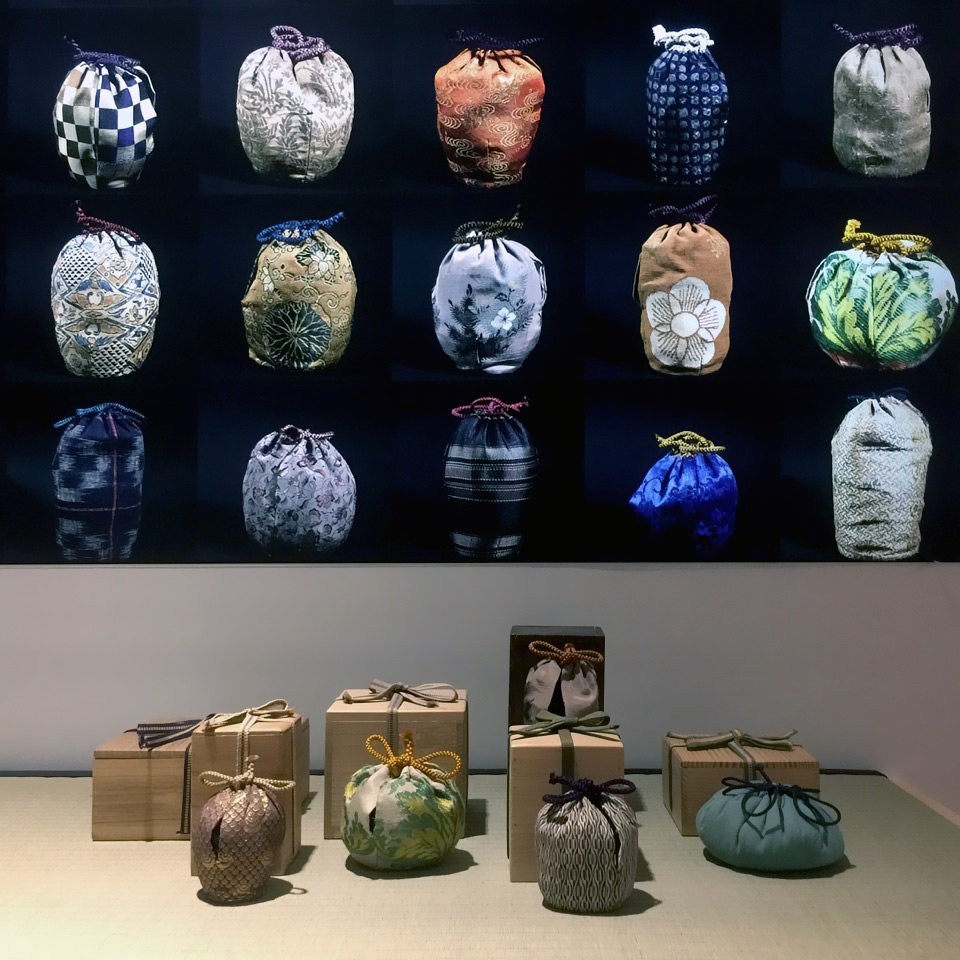
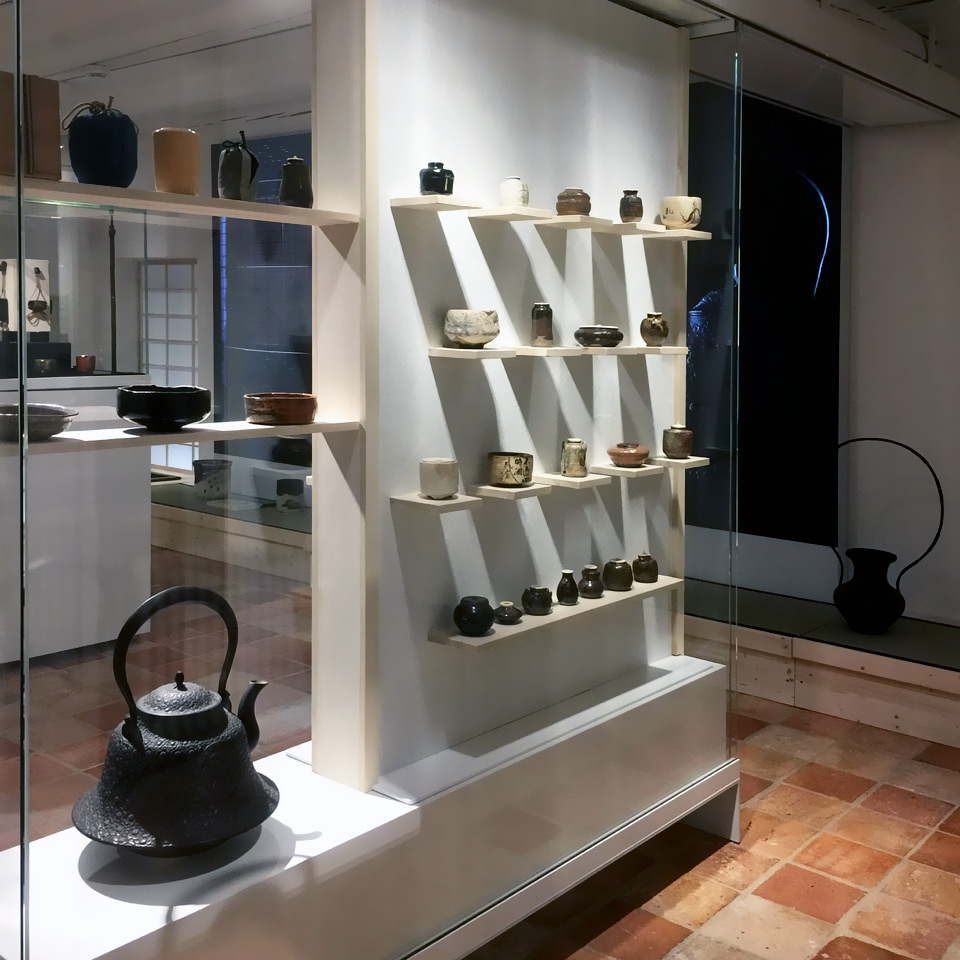
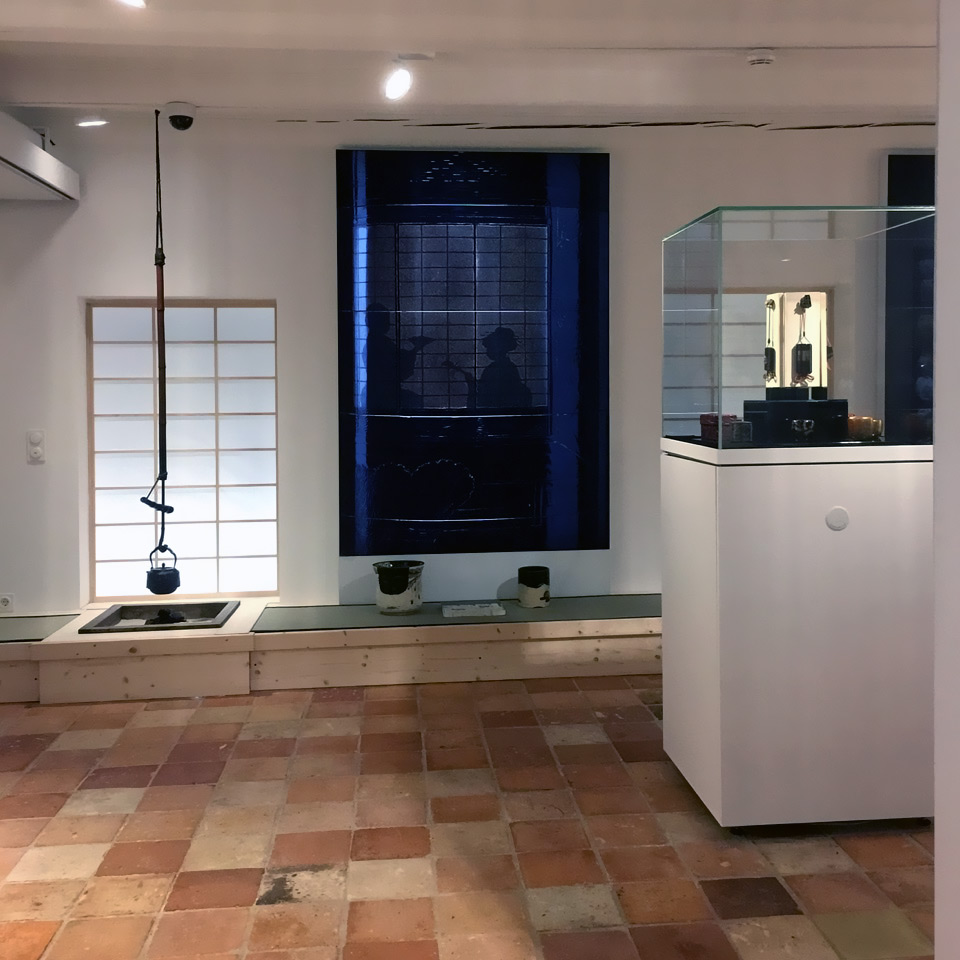
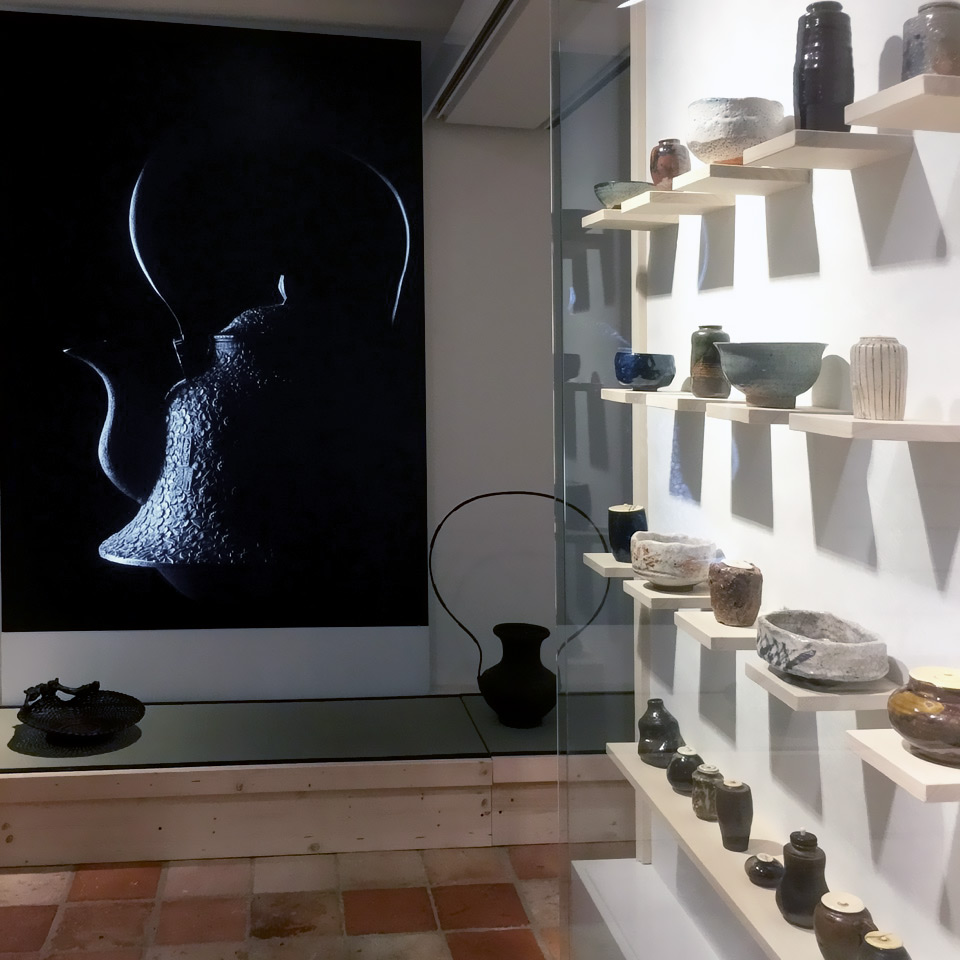

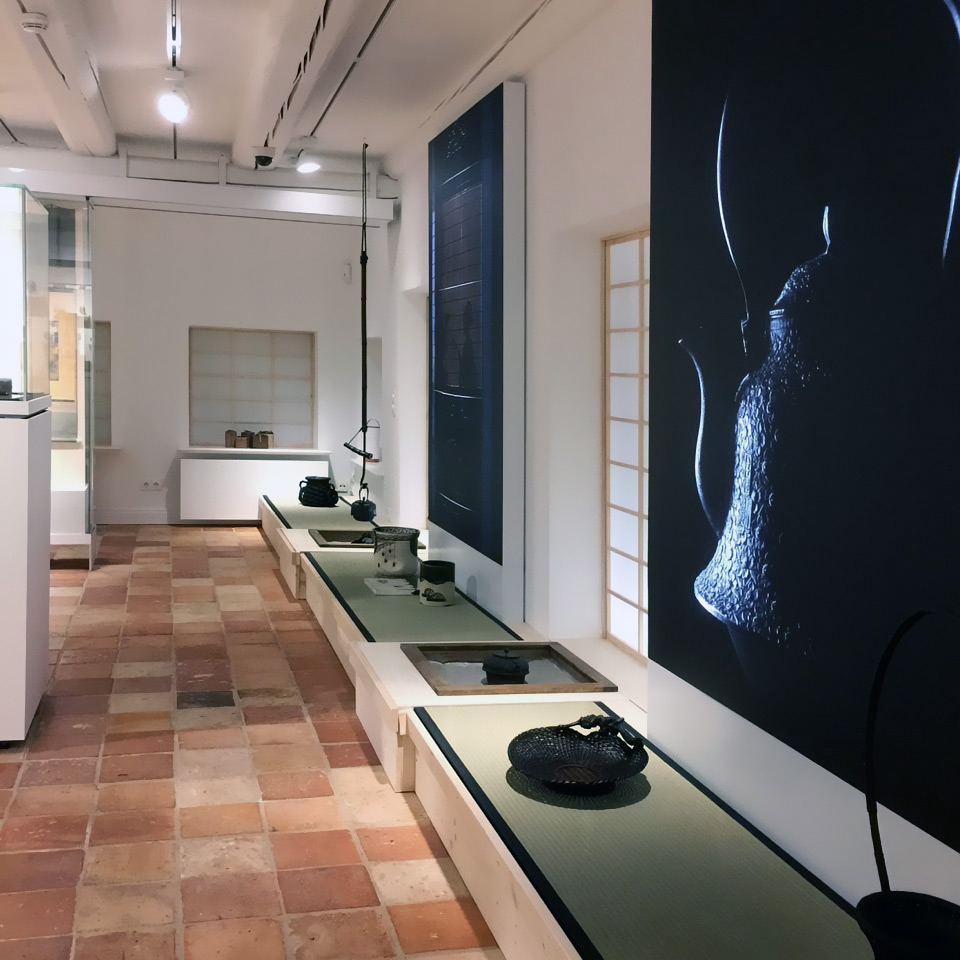

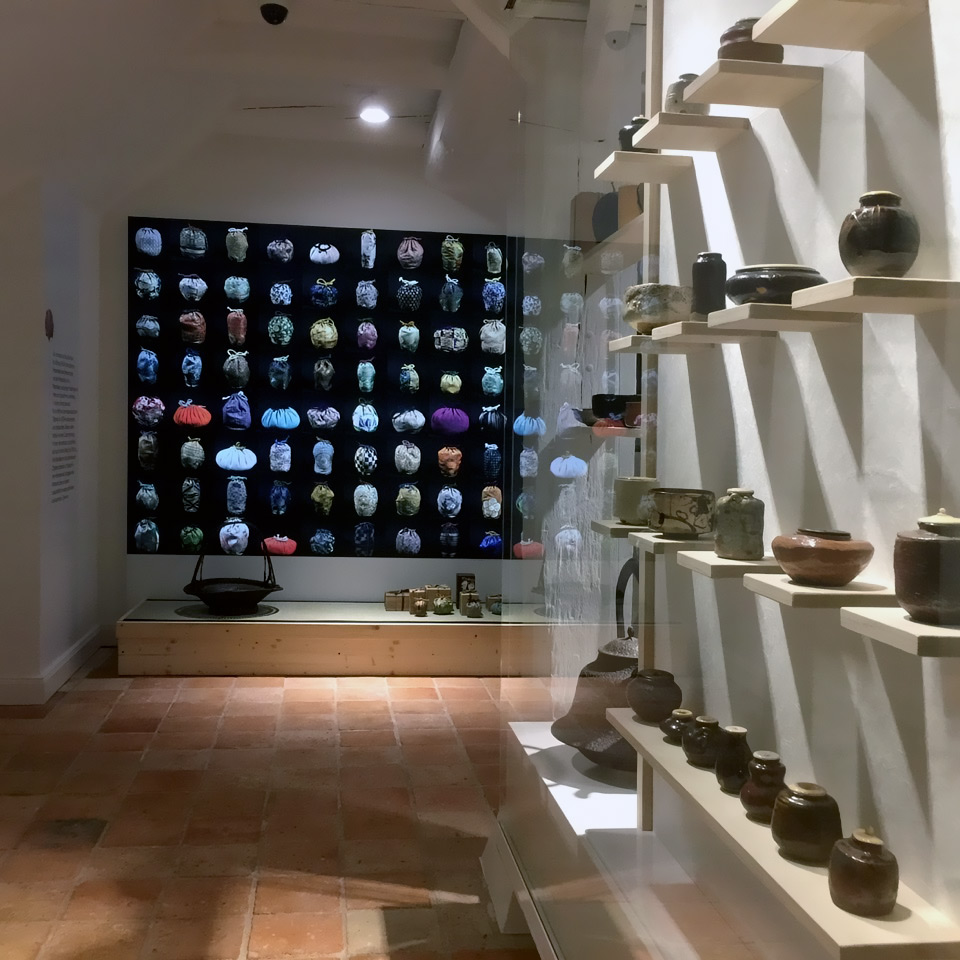
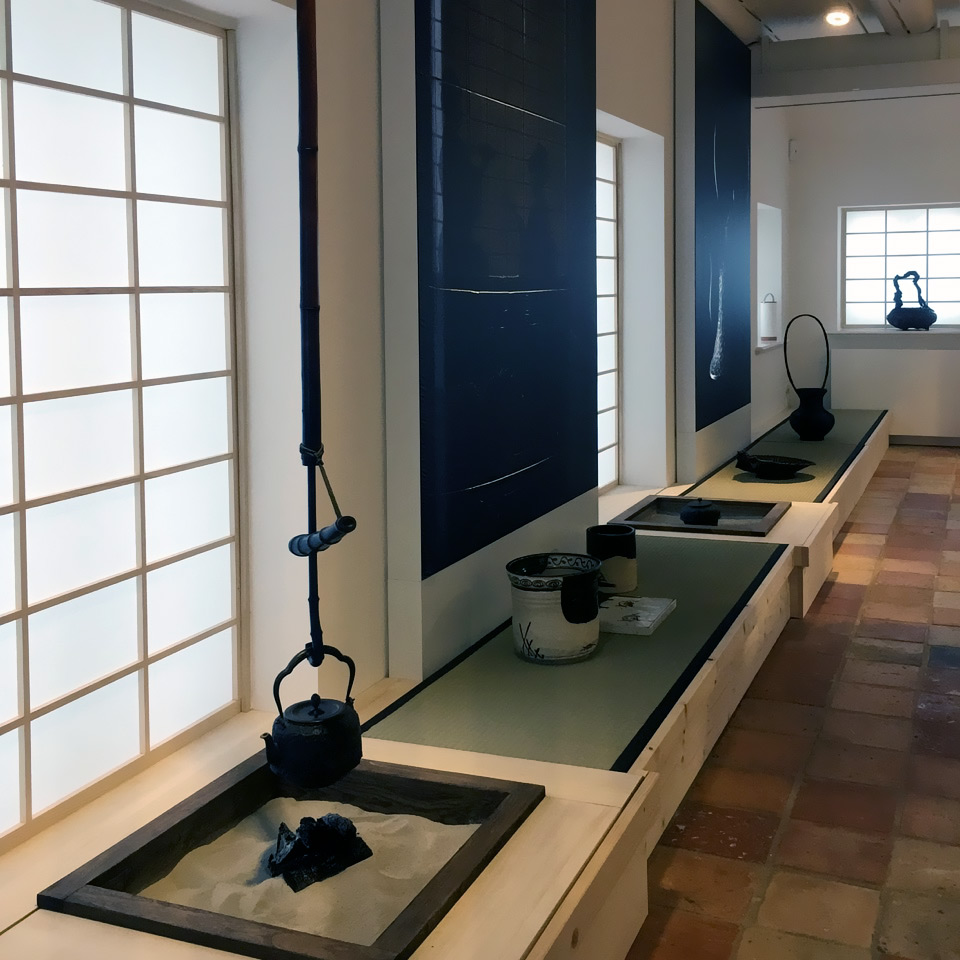
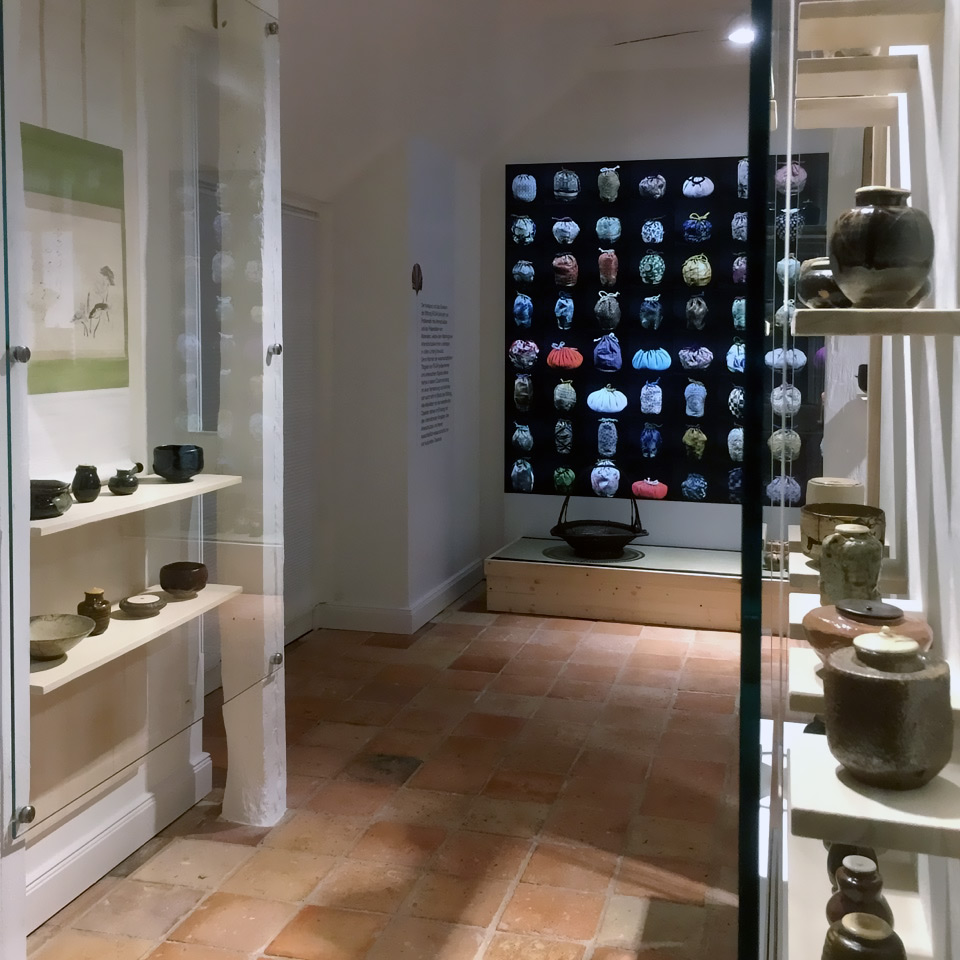


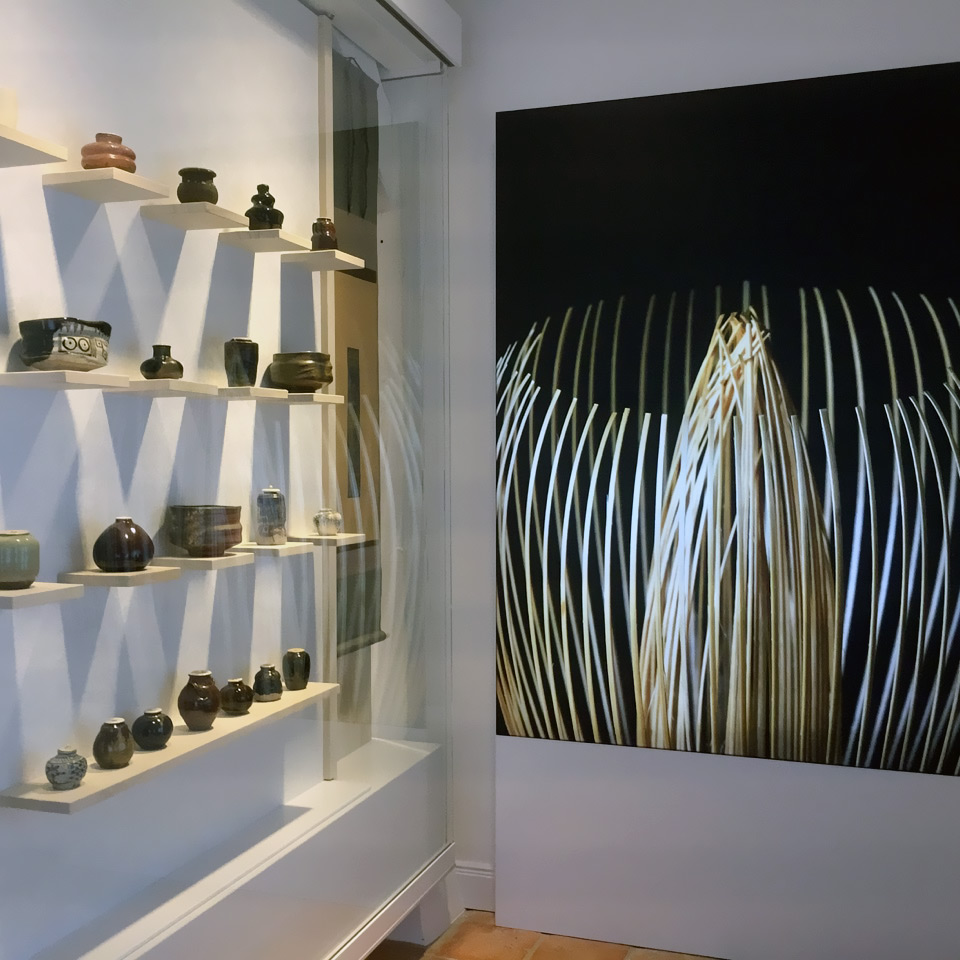
Hinterlasse einen Kommentar